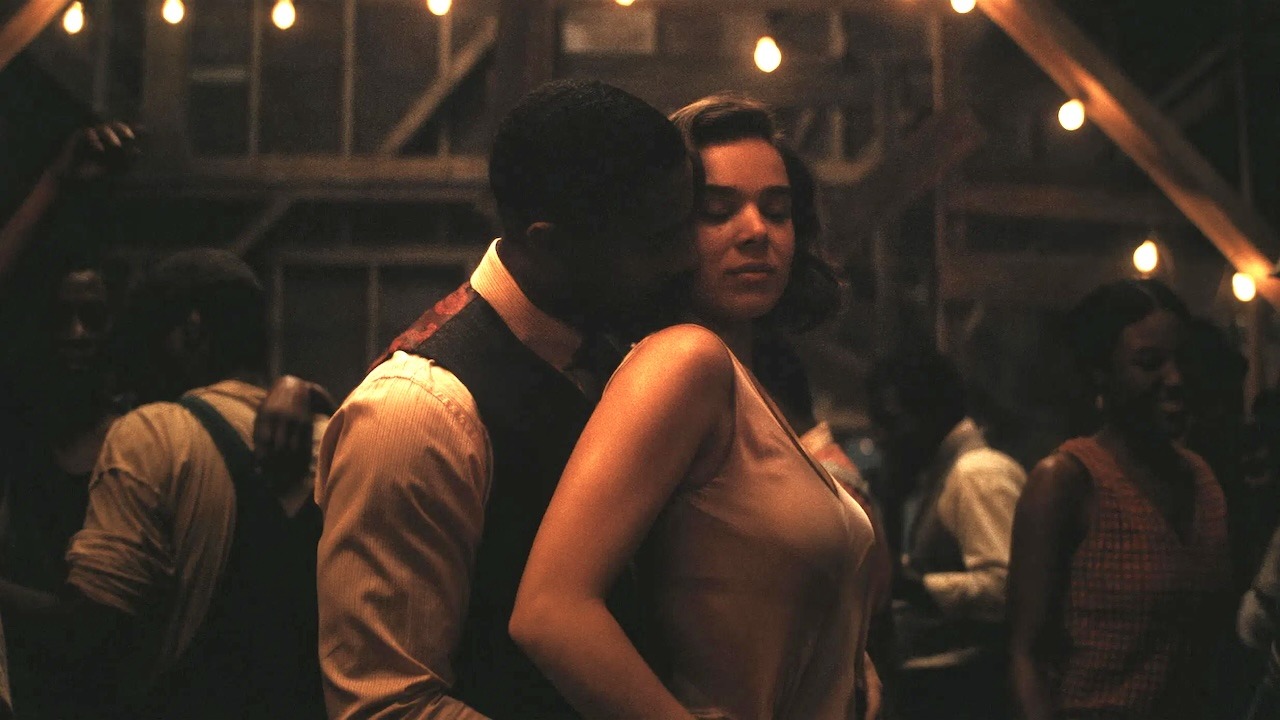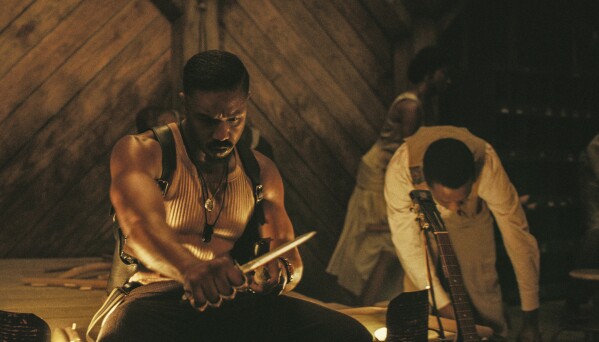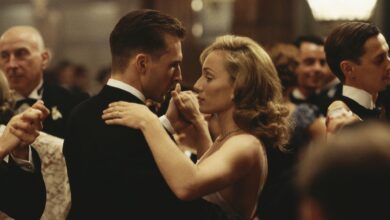SINNERS: When Desire Dresses in White

1. Between Flesh and Faith: An Introduction
There are towns where silence says more than sermons, where people kneel out of habit—not reverence—and where sin isn’t what you do in the dark, but what you dream in daylight. Sinners is a film born from such a place. It doesn’t shock with brutality or provoke with violence. Instead, it seduces with slowness, with quiet looks, with longing pressed under layers of cotton, prayer, and dust. Set in a Southern American town where the church bell tolls more often than laughter, this is not a story of redemption—it is the story of how desire outlives morality.
This is not a film about rebellion. It is about hunger—raw, deep, ancient hunger. Hunger not just for flesh, but for freedom, for feeling, for the taste of something that isn’t wrapped in guilt. Every frame breathes with tension. Every scene is a prayer soaked in sweat. You don’t watch Sinners. You confess to it.

2. The Temptress and the Tethered: Characters That Ache
At the molten heart of the film lies a girl—a woman, really, though the town insists on calling her otherwise. She is a stranger and a spark, someone who enters the community not with sin on her lips but in her eyes. She does not seduce in the usual way. She simply exists—and that is enough to unravel years of piety and buried impulses. Her beauty is quiet, but devastating; her confidence is mistaken for wickedness. She is Eve reborn in a place where apples are forbidden, and yet everyone is starving.
Opposite her is the preacher’s son, a boy molded in discipline, torn between what he has been taught to fear and what his body now betrays him to crave. He is not brave, but he is honest—at least with himself. His desire is palpable, and so is his shame. He doesn’t pursue her in lust; he drifts toward her like a moth to flame, knowing full well he will burn. Their interactions are not loud. They are slow, ritualistic, almost sacred. Around them, the townsfolk play their part in this silent inquisition: a preacher who preaches harder the more his voice trembles, wives who judge louder the deeper they feel envy, and mothers who pray for their sons to remain blind.
But blindness never lasts long in Sinners.
3. Visual Lust: A Cinematic Language of Desire
If the body is a temple, then the cinematography of Sinners is a slow, reverent walk through it. The director doesn’t just frame faces and bodies—he worships them, with a camera that gazes rather than observes. Light here is not just light; it is touch. It caresses cheekbones, outlines the small of a back through linen, flickers like temptation through stained glass windows. Every composition feels deliberate, like a lover’s breath before the first kiss.
The palette leans into golden hues, dusk blues, and the red of rust—not blood, but passion long buried. The church is filmed like a place of both sanctuary and suffocation. Its pews are prisons. Its crosses, reminders of suffering far less abstract than what burns in the heart. In contrast, the natural world—fields, rivers, wind through leaves—are where the film breathes. Where skin can be shown, and eyes can linger. The contrast is not accidental. Inside walls, we lie. Outside, we want.
And when the two characters finally do touch—no matter how briefly—it feels like thunder in a film made entirely of whispers.

4. Sacred Lies and Holy Moans: Themes of S.e.x and Shame
This film does not show explicit s.e.x. And yet, it is one of the most sensual films of its kind. Why? Because it understands what true eroticism is: the anticipation, the tension, the forbidden breath just before the fall. It is not about bodies grinding; it is about what is not said, what is almost done. The way a hand hesitates before reaching. The way two mouths pause near each other, trembling with the possibility of surrender.
The film makes clear that s.e.x in this town is not about pleasure—it is about power, and punishment. The girl becomes a canvas onto which the town projects its fears, its unspoken fantasies, its desperate need for someone to blame. Her presence becomes a mirror: the men see temptation, the women see a threat, and the church sees chaos. But she? She simply lives in her body, unapologetically. And in that, she becomes both sin and salvation.
What Sinners portrays so elegantly is the collapse of binary thinking: the sacred and the profane are not opposites—they are neighbors. They share a bed. And sometimes, they wear the same smile.

5. Judgment Day: A Final Reflection
By its haunting final act, Sinners leaves the viewer not with answers, but with heat. A kind of emotional fever that lingers long after the credits roll. The characters are not vindicated. No one is fully punished or forgiven. Because that’s not how life works—and this film knows it. What remains is a portrait of people too human for the strict lines drawn around them. A community that would rather burn its women than face its own suppressed desires.
There is a final moment—wordless, tender, devastating—where the main character stares at the sky, as if looking for a God she no longer fears. That moment says everything. It is not about shame. It is not about guilt. It is about survival. And the price of being a woman who chooses herself in a world that insists she belongs to others.
*Sinners* is not about what is done, but what is felt. It is not a film to watch with cold eyes, but with trembling skin. A cinematic sermon about the lies we tell to appear good, and the truths we hide to stay whole.





